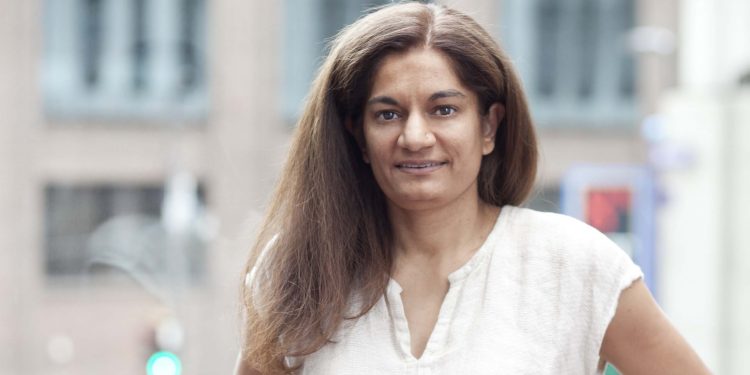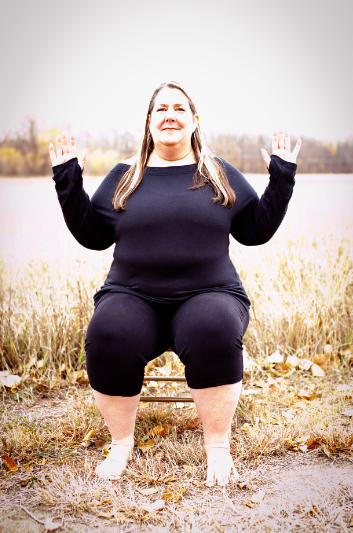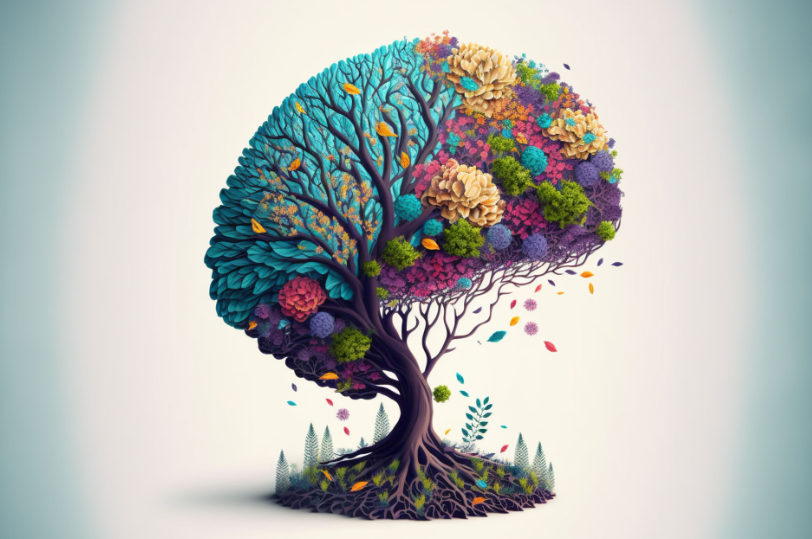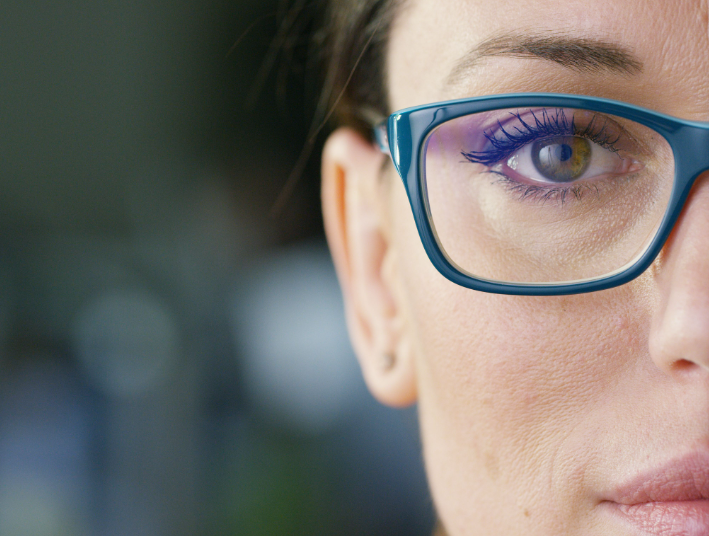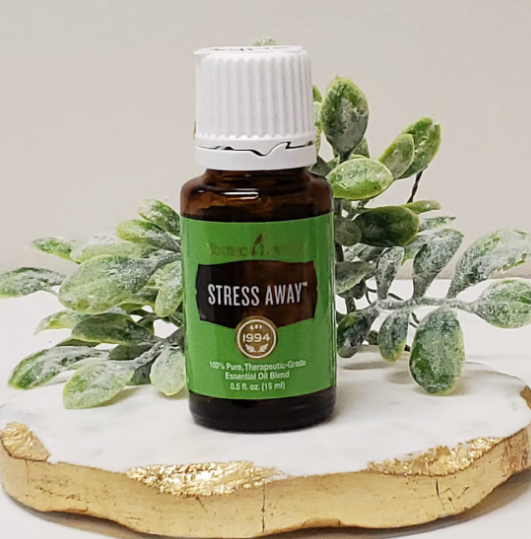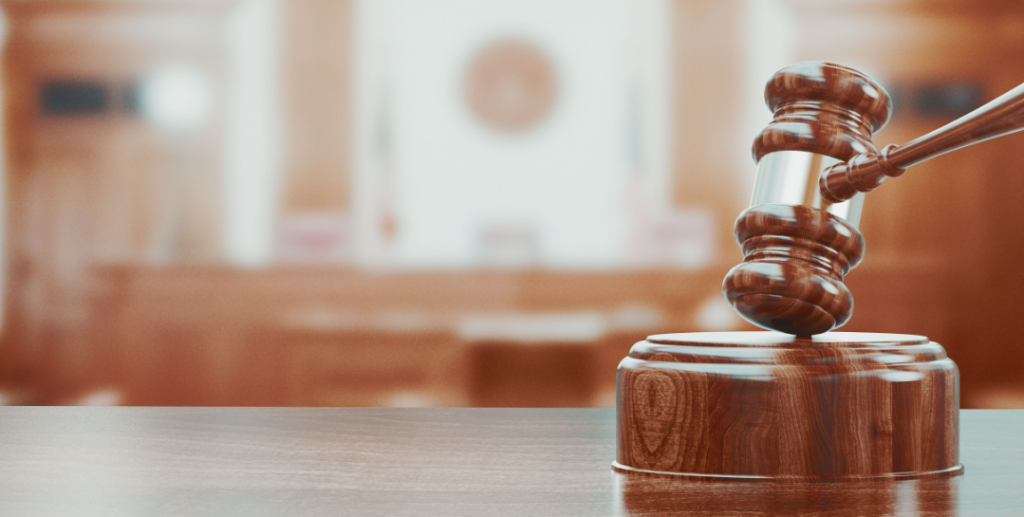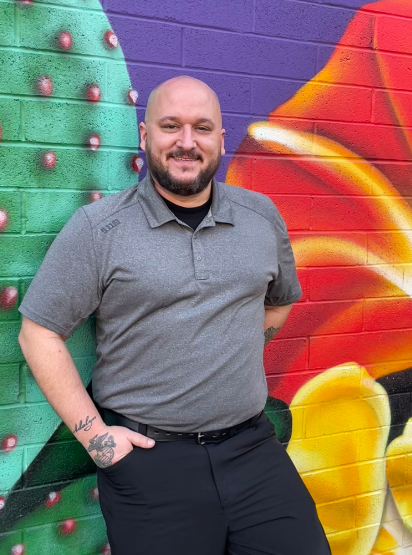by Amy Zellmer, Editor-in-chief
From the age of six, Dr. Uzma Samadani, MD, Ph.D, knew she wanted to be a doctor. “The earliest thing I knew I wanted to be was a doctor. I have no regrets, there is no other career I would pick if I had to do it again. I wanted to be able to help people.”
It was during her first day of rotation on neurosurgery in her third year of medical school that she knew she wanted to become a neurosurgeon. “The opportunity to make a real difference in someone’s life is huge. This is a career where my intervention could dramatically improve someone’s outcome.” She added, “The favorite part of my job is seeing my patients do well.”
She is currently an attending neurosurgeon at the VA Medical Center in Minneapolis and Centracare Hospital in St. Cloud, Minnesota. She is also associate professor of bioinformatics and computational biology in the school of engineering at the University of Minnesota. Additionally she runs the Neurotrauma Research Lab that is based at the University of Minnesota but has space at both the VA and Centracare.
Dr. Samadani’s quest into eye tracking was rather serendipitous.
While she was assistant professor in neurosurgery at NYU, she and her team were doing a clinical trial to improve outcomes in very severe brain injury. They originally wanted to use fMRI as an outcome measure; however, the FDA was concerned it might be dangerous to put minimally conscious or persistently vegetative patients into an MRI machine for prolonged periods when they could not communicate.
They were forced to think about other outcome measures they could use, which led them to develop an eye tracking method that was different from prior techniques: it assesses passive movement while someone watches television or a film clip rather than requiring them to actively follow instructions, such as follow a dot. The difference between their method and older methods was that they were assessing the capacity of the brain to control eye movements, rather than just figuring out what people choose to look at.
The technology works by having a patient watch a music video or short film clip that plays inside a small square that moves around a screen. The patient follows the video while the device measures eye coordination. The device is attached to the computer so that a patient doesn’t have to wear it on his or her head. “We have found that the last thing a brain-injured person wants to do is wear goggles or other heavy devices when they don’t feel well,” said Dr. Samadani.
When Dr. Samadani’s team developed their device, they wanted to make sure that a patient who wasn’t able to follow instructions would still be capable of using it. “Essentially we are testing brain stem function, which occurs involuntarily — meaning you don’t have to think about it,” stated Samadani.
Historically, measuring eye tracking has been done by having a patient look in a direction (up, down, left, right), but that assumes a certain amount of function and doesn’t always catch dysfunction.
Eventually Dr. Samadani discovered that their equipment could ultimately detect differences in the left and right eye movements. The test does not need a baseline since 98% of people’s eyes move together.
Beginning in 2012 they realized that they could detect swelling in the brain and disruption of pathways involved in the control of eye movements. They are able to see eye-tracking changes within minutes of someone hitting their head.
In one study funded by the National Space and Biomedical Research Institute, they were able to show that eye tracking detects elevated intracranial pressure – which is relevant to astronauts in outer space. The study had 23 patients who were being monitored for intracranial pressure for clinical reasons, including bleeding in the brain and increased pressure due to tumor or stroke. Elevated intracranial pressure is also one of the problems that can be seen after a brain injury or concussion so the findings of this study were relevant not only to astronauts but also to earthlings.
According to scientific papers on the topic, 90% of people who seek attention for their concussion/brain injury have eye-tracking problems. Dr. Samadani’s team hopes that this device will help patients receive proper care right away. “We are using eye tracking to classify the nature of brain injury so that they can find out what’s wrong with you and treat you appropriately,” said Dr. Samadani.
Dr. Samadani explained that a concussion can disrupt eye movements in at least two ways: by causing elevated intracranial pressure, and by physiological disruption of neurologic pathways — with some patients having both.
“What we do is measure pupil position over time, comparing the position to each other and to a normative database. This allows us to see if they have abnormal eye movement, and that movement tells us about brain function. Eye movements can tell us a lot, for example, about whether you have elevated pressure, divergence dysfunction, accommodation disorder, or disconjugacy. It can tell us different characteristics associated with abnormal brain function.”
Without objective measures, there is no way to really know if a patient has suffered a concussion. Eye tracking is one objective measure. Others are serum markers, MRI, quantitative EEG, and pupillometry. If you can combine these, you can figure out what’s wrong with a patient. If doctors are able to classify the injury, they can treat accordingly.
Dr. Samadani likens it to going to the ER with chest pain — the doctor wouldn’t do just one test. “They wouldn’t say – Okay, we are doing only a chest X-ray … they would also do an EKG, ECHO, blood testing, or whatever else it takes to get to a diagnosis. We need to take brain injury as seriously as we take injuries to the heart, lungs, kidney or liver,” said Dr. Samadani.
A lack of basic understanding in the medical field
Because brain injury has historically had very few objective measures, it is a difficult topic to teach in medical schools. Relatively few physicians specialize in the management of brain injury, and medical schools don’t have many required lectures about brain injury, if any at all.
Most doctors will graduate from medical school without ever having been involved in the care of a brain-injured patient. Unless they do residency in neurosurgery, there’s no requirement to treat brain injury. Most pediatric, primary care, and neurology residents have no requirements for studying brain injury during their residency, yet these specialties see 80% of all people with brain injuries. Only 8% of pediatricians feel comfortable treating patients with complex post-concussion syndrome.
Dr. Samadani explains that a thorough bedside exam used to include the assessment of eye movements, however, with the advent of modern imaging technology, for most doctors this practice is less rigorous and reliable. “We no longer have the expertise to do the detailed eye exams that were performed by doctors in the 1950s and 60s before the invention of CT scanning, which is unfortunate for our patients. The ER decides whether to admit a patient based on imaging … yet many patients have a brain injury with a normal CT scan. The worst thing you can do is ignore the problem and think that it doesn’t exist. This can lead to chronicity and make it harder to address.”
She then stated that we need a whole different type of setting for these patients to go to. The emergency room is set up to triage patients and decide whether they need to see a neurosurgeon, admit for observation, or be sent home. It is not designed to classify and treat subtle aspects of brain injury. Many insurance companies still think patients with concussion should be tried on bed rest before seeing a brain injury doctor. The healthcare system is currently failing people with brain injury.
Eye tracking has the potential to be a powerful diagnostic for detecting brain injury. Dr. Samadani said, “If we could measure brain function like we do with kidney or heart function, we’d be so much better off. We need to take the brain seriously as an organ … we wouldn’t tell a patient with 50% heart function that they’re just imagining it! Yet we tell people with brain injury that ‘it’s all in their head.’ Eye tracking is the first step in changing this mentality.”
About Oculogica
Oculogica, Inc. is an eye tracking-based neuro-diagnostic company founded in 2013 by Dr. Uzma Samadani. In 2015 Dr. Rosina Samadani, Ph.D., was named the CEO. The company has developed the EyeBOX, the first non-invasive, baseline-free aid in diagnosis to help physicians objectively evaluate patients with suspected concussions. The EyeBOX is a 4-minute test appropriate for ages 5 to 67 years and is currently the only device cleared for aiding in the diagnosis of concussion.
Amy Zellmer is an award winning author, keynote speaker, and TBI survivor and advocate. She is Editor-in-chief of The Brain Health Magazine, and also produces the Faces of TBI podcast series, as well as TBI TV on YouTube.

